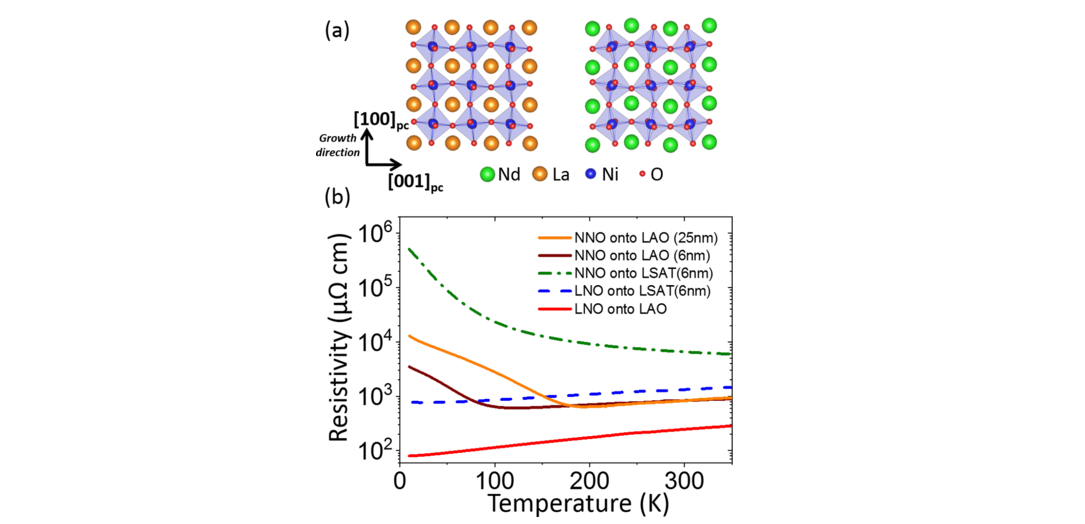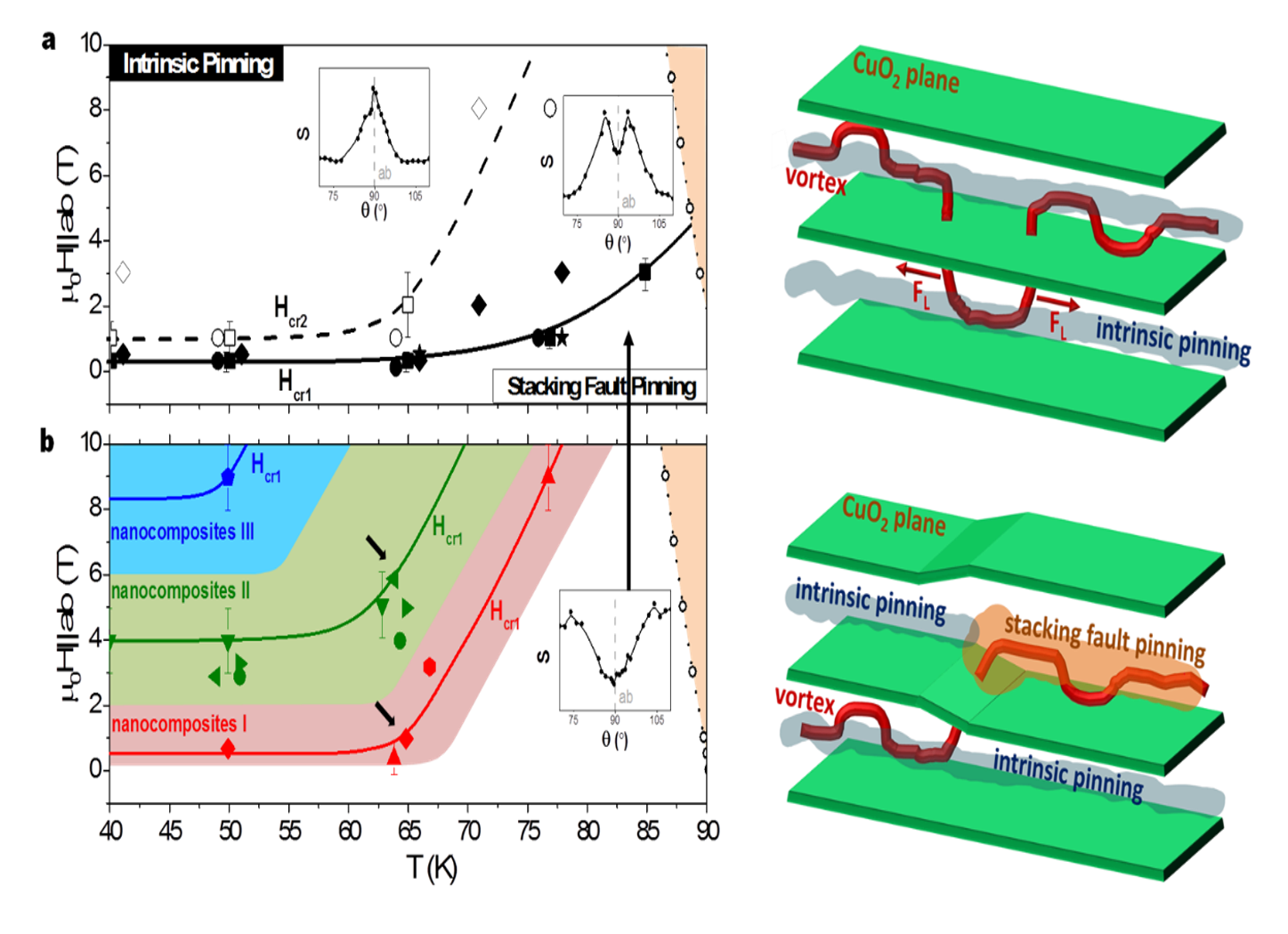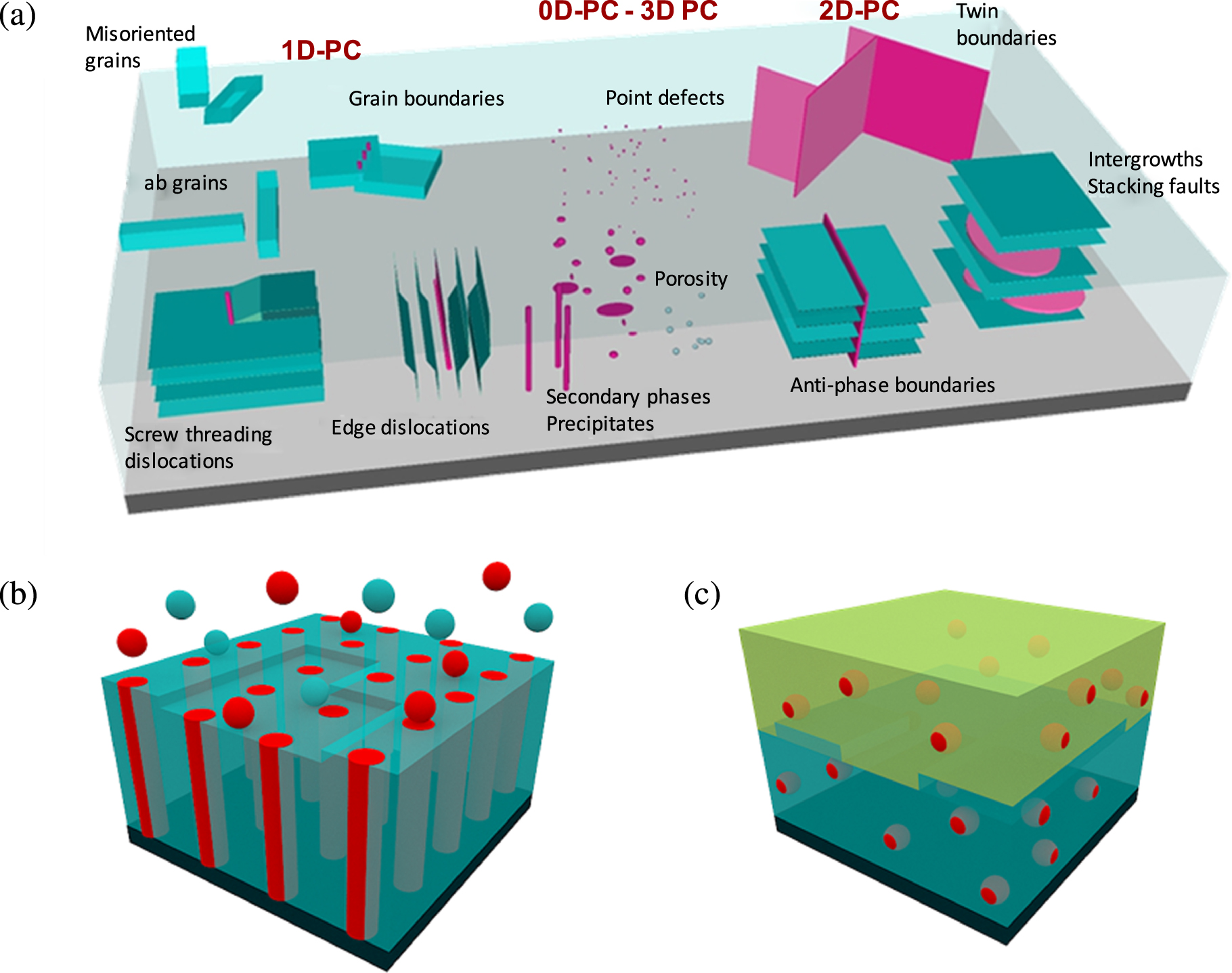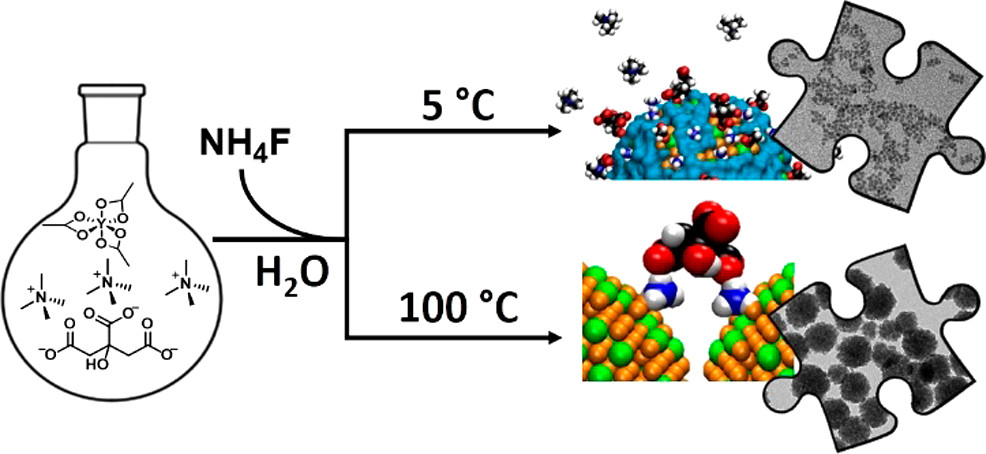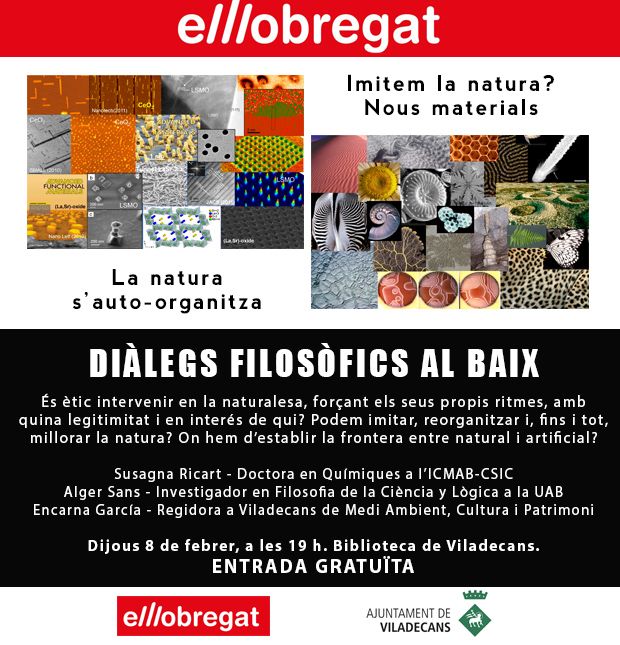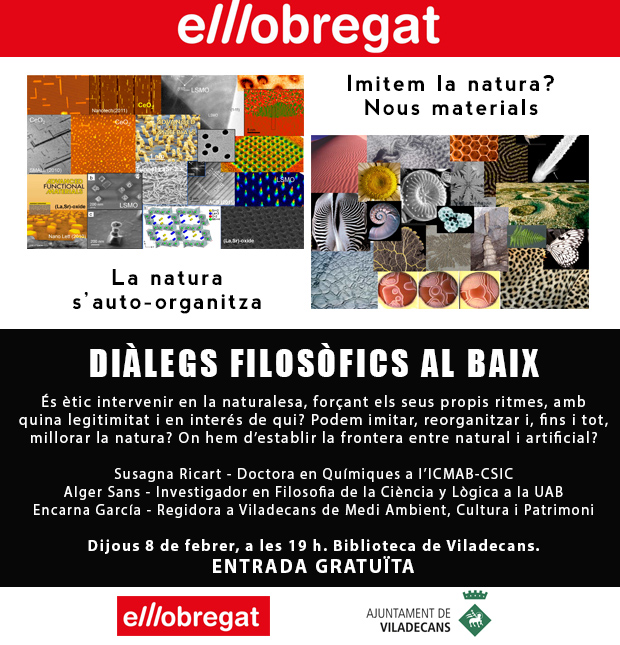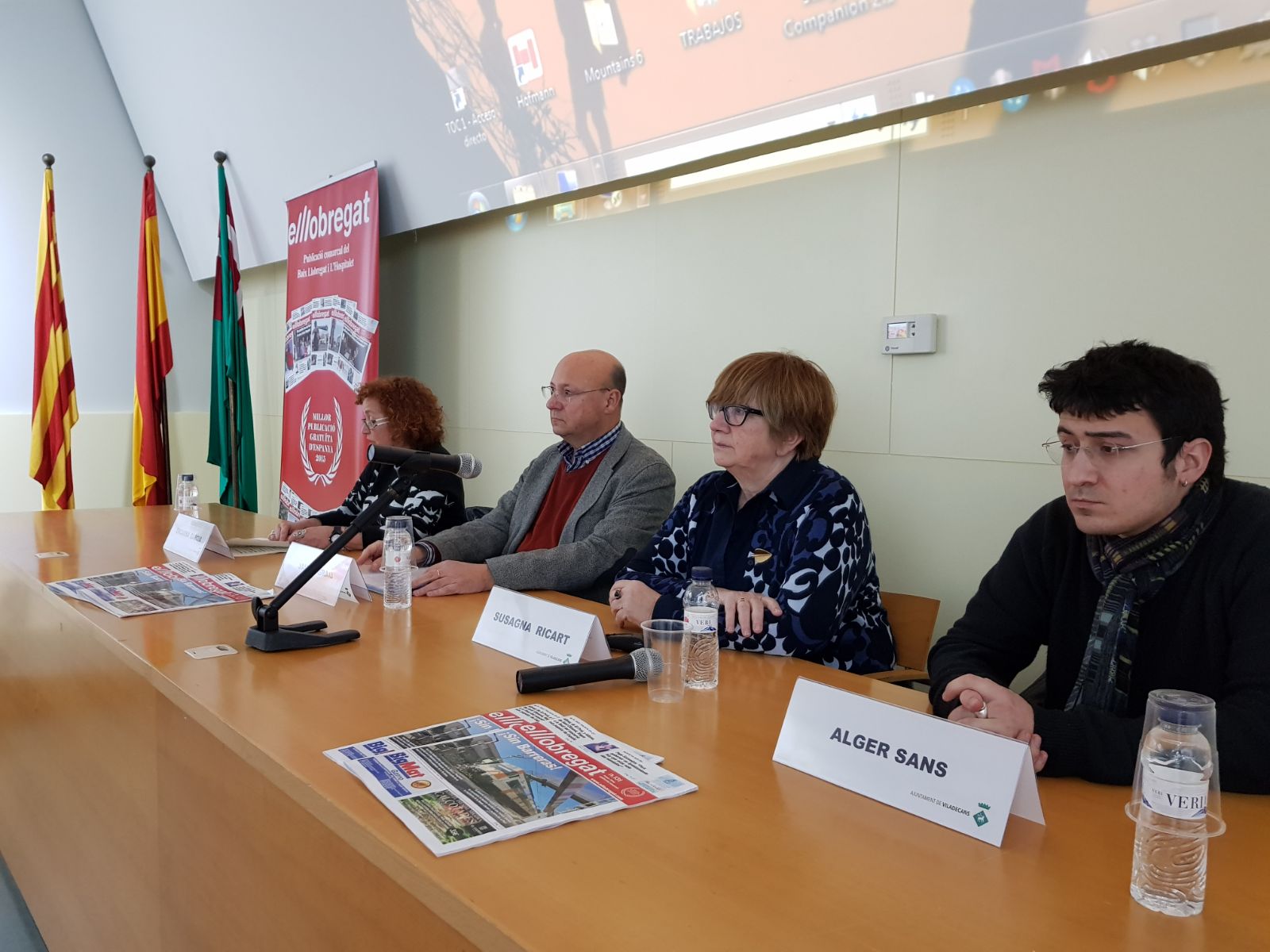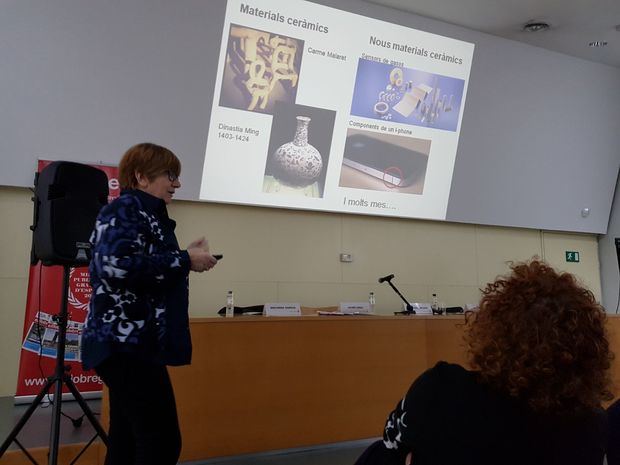Defect landscape and electrical properties in solution-derived LaNiO3 and NdNiO3 epitaxial thin films
B. Mundet, J. Jareño, J. Gazquez, M. Varela, X. Obradors, and T. Puig. Phys. Rev. Materials 2, 063607
DOI:https://doi.org/10.1103/PhysRevMaterials.2.063607
In this work we evaluate the defects and the associated distortions present in tensile and compressive-strained chemical solution deposition–derived NdNiO3 (NNO) and LaNiO3 (LNO) thin films by means of aberration corrected scanning transmission electron microscopy. We elucidate a fundamental link between strain and the most common defect observed in nickelate films, the Ruddlesden-Popper fault (RPF), which will ultimately impinge on the electrical properties of the films. Overall, the concentration of RPF defects increases with the lattice mismatch. More specifically, LNO films are always metallic, although transitioning from compressive to tensile strain results in the appearance of RPFs and an increase of the resistivity. On the other hand, NNO films always behave as insulators under tensile strain, whereas under compressive strain the increase of the thickness makes the onset of the metal-to-insulator transition shift to higher temperatures.

